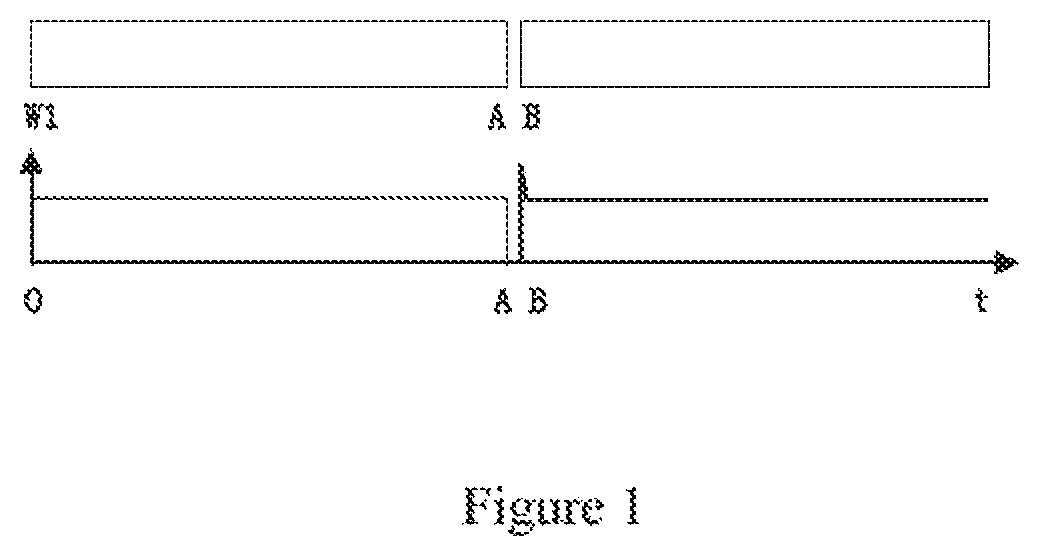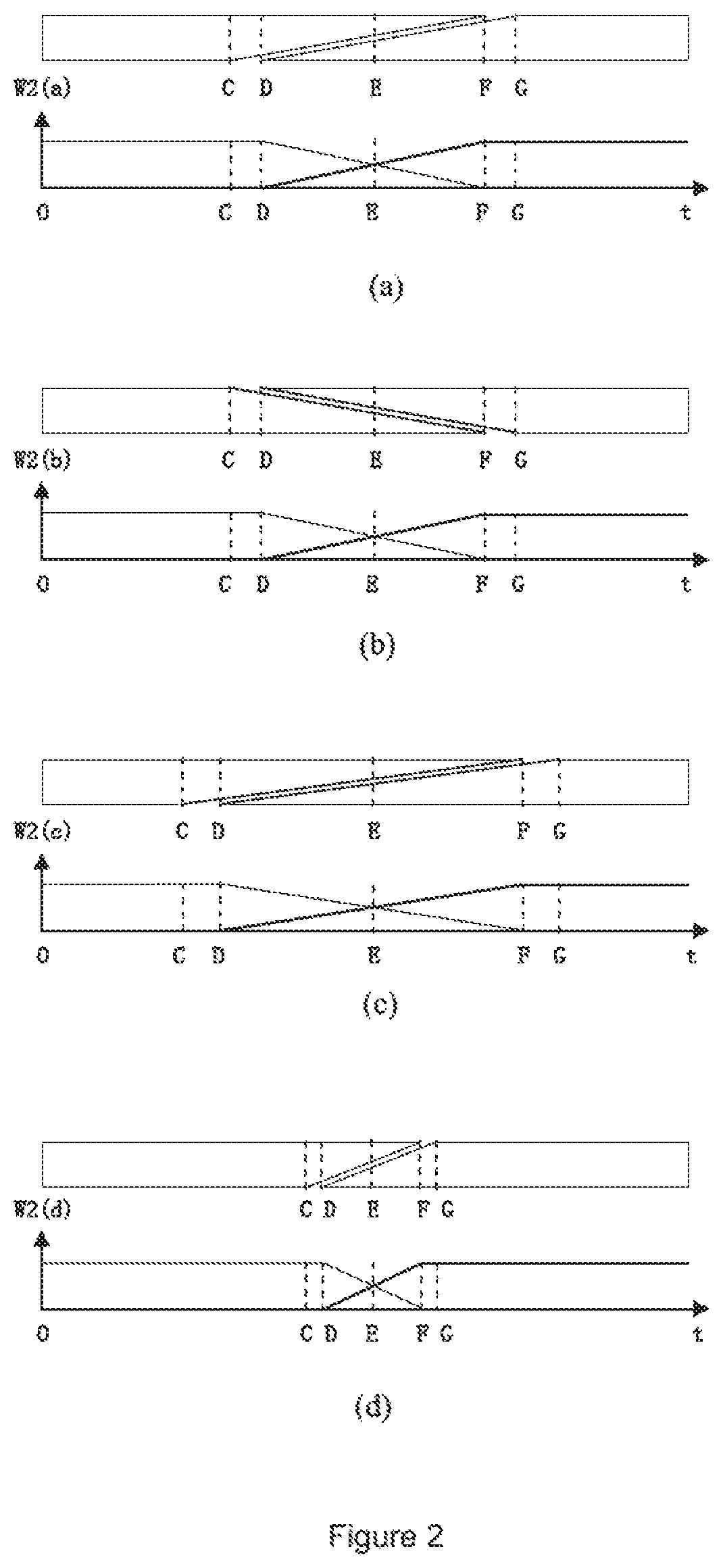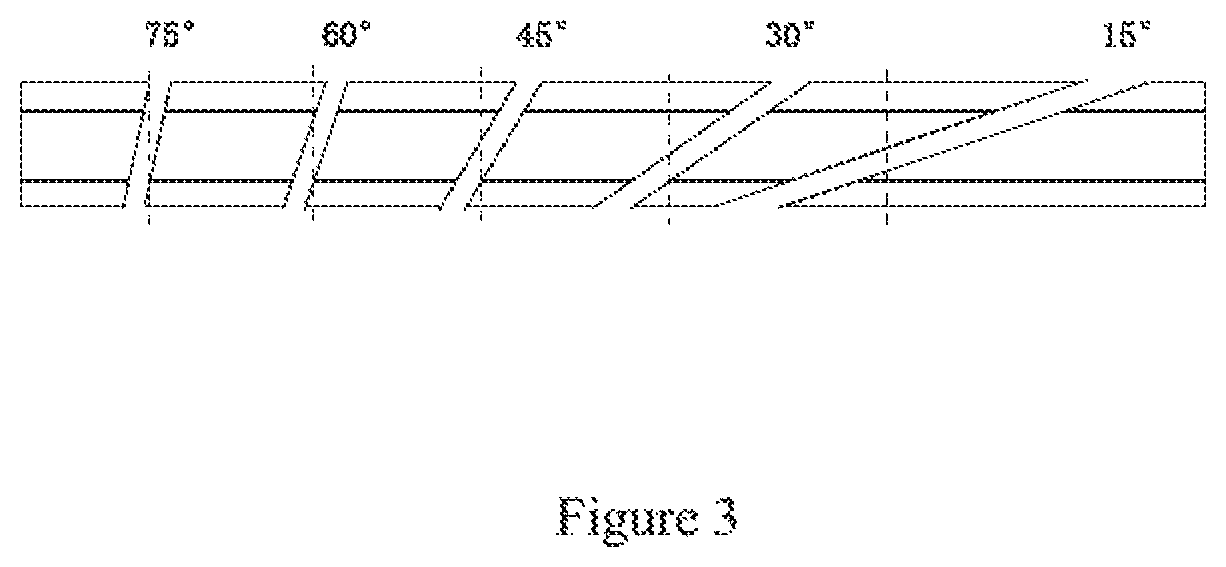Beveled-end steel railroad
a technology of beveled ends and steel rails, applied in the direction of rail joints, roads, constructions, etc., can solve the problems of thermal stress of steel rails, the problem of the gap between rails, which has not been solved simultaneously and completely all the time, and the impact between wheels and rails not only significantly accelerates the loss of wheels and rails, and generates impact vibration and noise. , to achieve the effect of reducing the cost of railway construction
- Summary
- Abstract
- Description
- Claims
- Application Information
AI Technical Summary
Benefits of technology
Problems solved by technology
Method used
Image
Examples
Embodiment Construction
[0216]The bevel-end steel railway design has a simple structure, is easy to construct and renovate, can be constructed flexibly in various methods, has obvious cost advantages, and can be easily promoted and implemented.
[0217](I) Production and Renovation of Standard Bevel-End Steel Rails
[0218]In order to establish a standardized bevel-end steel railway, it is necessary to establish a uniform construction standard for the bevel-end steel railway. In order to avoid unnecessary troubles in the production, laying and replacement of steel rails, it is necessary to establish a uniform rail production standard for the bevel-end steel rails.
[0219]1. The Production Standard for the Bevel-End Steel Rails
[0220](1) Structure of the Bevel-End Steel Rails
[0221]Standard bevel-end steel rail structure: standard bevel-end steel rails are designed to be compatible with bevel-end flat-end steel rails. Except for the length and end structure, the rest of the design (type, size, structure, material, an...
PUM
 Login to View More
Login to View More Abstract
Description
Claims
Application Information
 Login to View More
Login to View More - R&D
- Intellectual Property
- Life Sciences
- Materials
- Tech Scout
- Unparalleled Data Quality
- Higher Quality Content
- 60% Fewer Hallucinations
Browse by: Latest US Patents, China's latest patents, Technical Efficacy Thesaurus, Application Domain, Technology Topic, Popular Technical Reports.
© 2025 PatSnap. All rights reserved.Legal|Privacy policy|Modern Slavery Act Transparency Statement|Sitemap|About US| Contact US: help@patsnap.com



